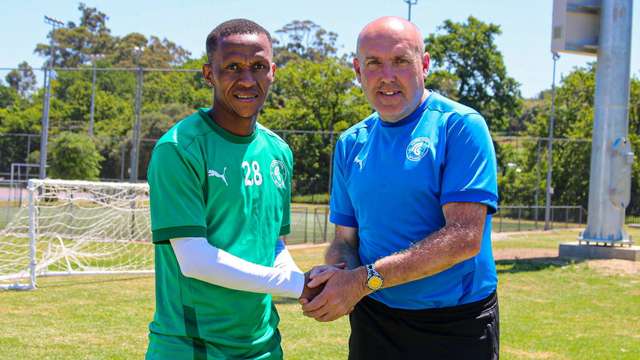Mamelodi Sundowns
The eventual champions changed little from previous years, always using a back four and two screening midfielders.
The key talking point was the side’s use of a false nine in the second half of the season, in order to more easily compensate for the loss of Percy Tau.
Jeremy Brockie started nine of the first 14 league matches as Pitso Mosimane tried using a genuine striker, but his disappointing form saw Lebohang Maboe move into the false nine role to great effect.
The width was provided by the full-backs, except for the few games where a winger was used – Jose Ali Meza as a touchline-hugger in the early weeks and Anthony Laffor later on.
In the big games, Thapelo Morena was usually used as a wide midfielder with defensively-inclined Anele Ngcgonca at right-back.
However, three narrow creative players behind Maboe became the most effective strategy.
Sundowns were masters of exploiting the space behind high defensive lines or the space in front of deep, defensive units.
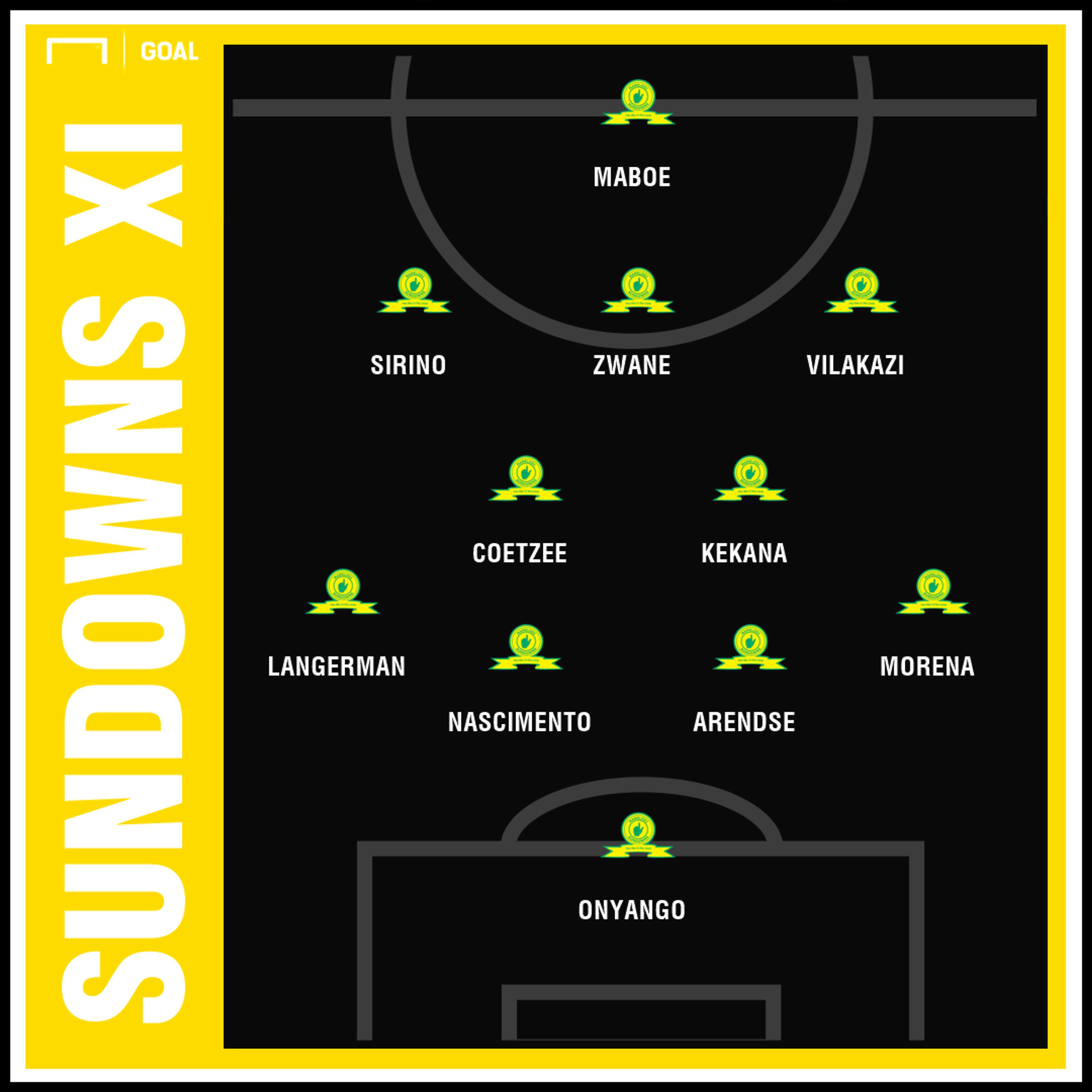
Orlando Pirates
The abiding tactical memory from Pirates’ season was their flexibility in terms of formation.
The key player tactically was Innocent Maela, whose versatility facilitated the shifts in team shape.
He could play as the left-back in a 4-2-3-1, a wing-back in a 3-4-2-1 or as the left central defender in that shape.
Bucs also drew inspiration from Manchester City in trying a “3-box-3” shape featuring advanced wingers and two number tens.
Regardless of the formation, Pirates tried to play out from the back and often looked to move their central midfielders into the half-spaces to facilitate their build-up play, and to try to free space between-the-lines for their creative inside forwards.
Vincent Pule’s ability to play as a winger on either side or in a more central role allowed the side to get Thembinkosi Lorch playing centrally and in very advanced positions in most games, leading to his excellent displays and his PSL Footballer of the Season award.
 Backpagepix
Backpagepix
Bidvest Wits
Gavin Hunt’s side changed very little from previous seasons, looking to use a crossing strategy and playing off a target man, although the coach used numerous options up front and never settled on a first choice.
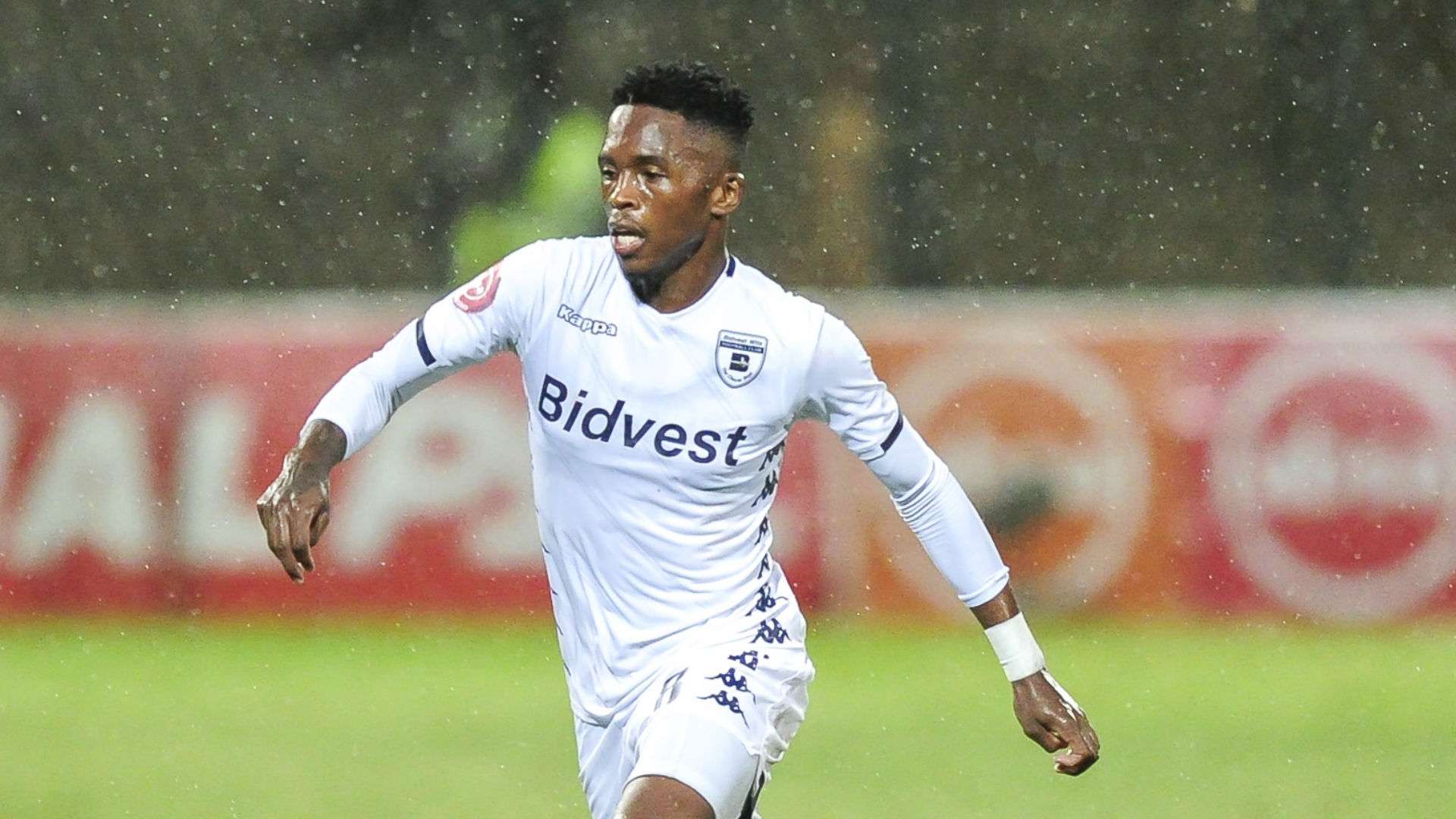 Backpagepix
Backpagepix
The first half of the season saw Thulani Hlatshwayo used as a right-back and used his significant aerial ability to be a target for direct diagonals to the back post, whilst central midfielders Thabang Monare and Cole Alexander were impressive at serving the ball wide for the full-backs or for Deon Hotto – the league’s top assist provider – to deliver service from the flanks.
Cape Town City
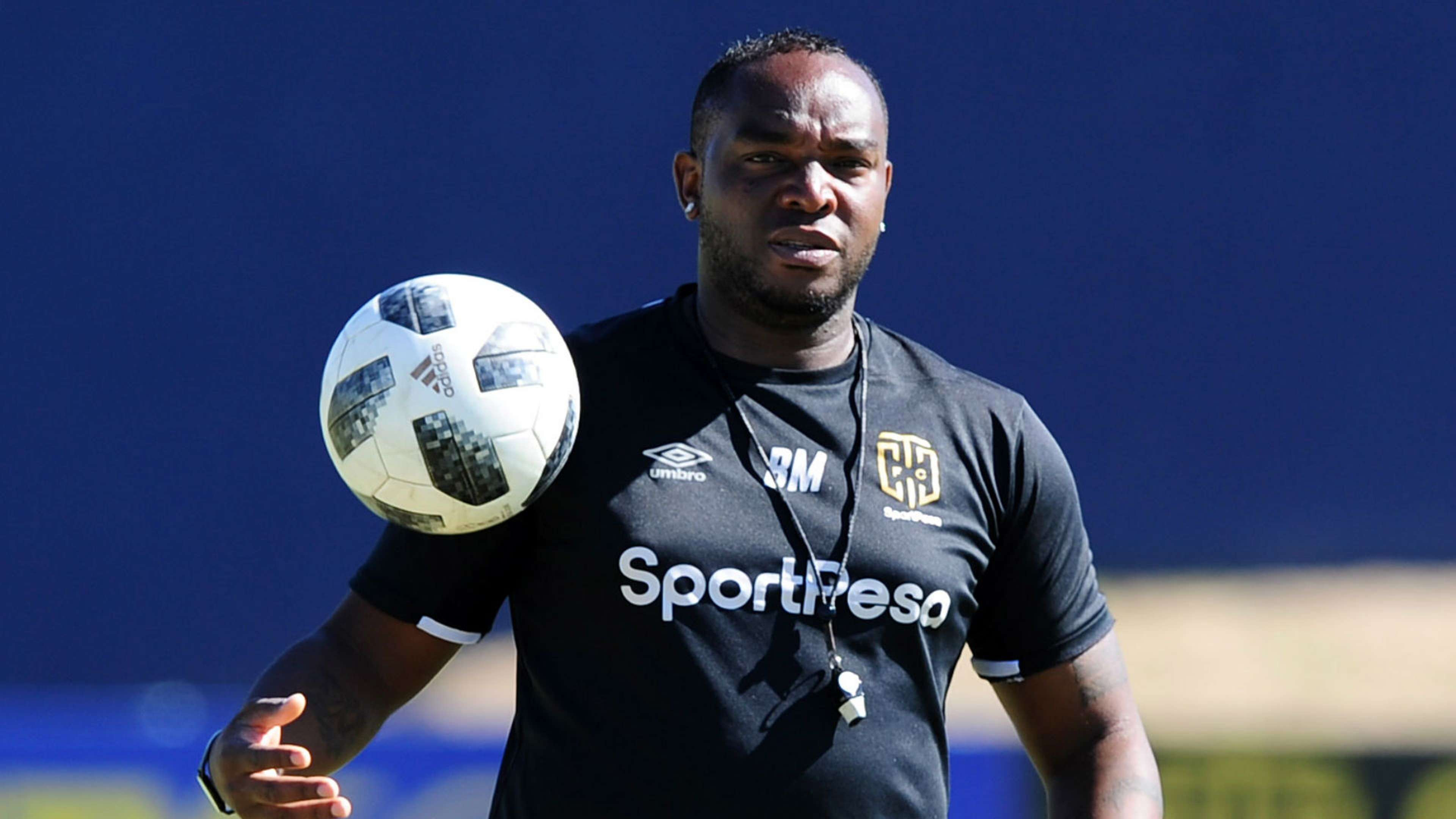 Backpagepix
Backpagepix
In McCarthy’s first season, he played progressive football but channelled his mentor, Jose Mourinho by playing very defensively in big games.
In the campaign just concluded, City were perhaps the league’s most consistently attacking side, playing a high defensive line and favouring passing midfielders over destructive ones, regardless of the opposition.
City were the league’s top scorers, with their variety of pacey wingers and creative, defensively-free number tens (first Ayanda Patosi, then Kristopher David and Kermit Erasmus) causing damage to many a side whilst the addition of Dutch goalkeeper, Peter Leeuwenburgh saw City build-up very effectively from the back.
Polokwane City
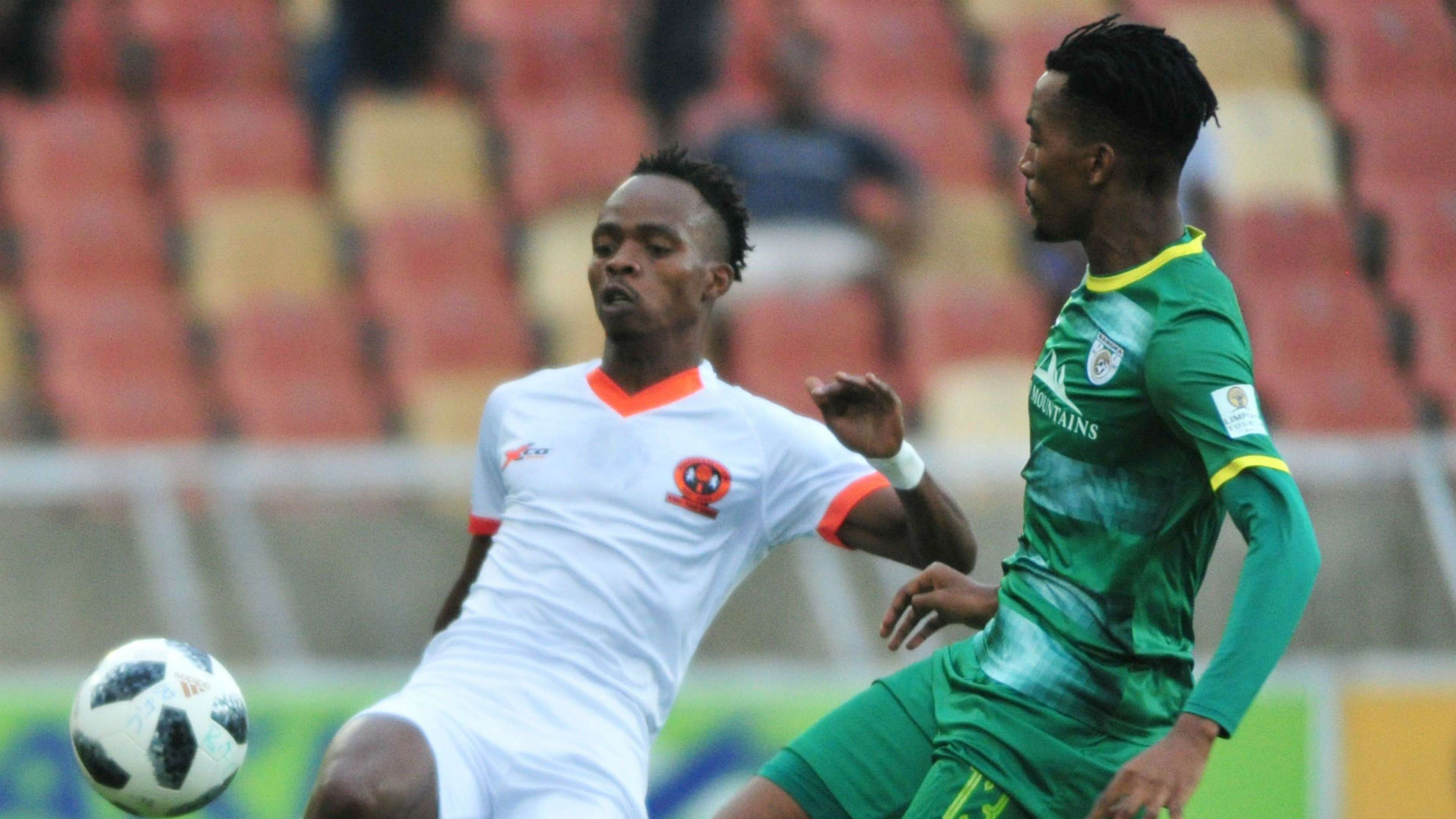 Backpagepix
Backpagepix
Jozef Vukusic focused on a simple plan to attack opponents at home and look for wins, whilst playing defensively in away games and aiming for clean sheets.
His side played a 4-2-3-1 shape throughout the campaign with two defensive midfielders to free up Jabu Maluleke to create.
Defensively, the side were not known for high pressing but instead dropping off and closing off passing lanes, before using Maluleke to release skilful wingers and frontman Mohammed Anas.
Polokwane City kept away clean sheets at Kaizer Chiefs (1-0), Bidvest Wits (1-0), SuperSport United (0-0) and Cape Town City (0-0) as they executed their plans to nullify their opponents by ceding possession.
SuperSport United
 Backpagepix
Backpagepix
Under Kaitano Tembo, SuperSport started the season using a lone striker and two speedy wingers to facilitate a three-man central midfield.
That trio would aggressively close down in the middle third, before releasing the pace of Evans Rusike, as well as one of a plethora of other wide options in the squad.
James Keene was the battering ram up front, often competing for long balls.
Once the latter fell out of favour and Reneilwe Letsholonyane joined him on the bench, the shape and style changed.
The January addition of Mxolisi Macuphu and the return from injury of Bradley Grobler meant a front pairing was used and the side played direct football up to that duo, then worked off the second ball.
Aubrey Modiba was the key man tactically as the played at left-back, in a central midfield three, or on the flanks in both shapes.
Highlands Park
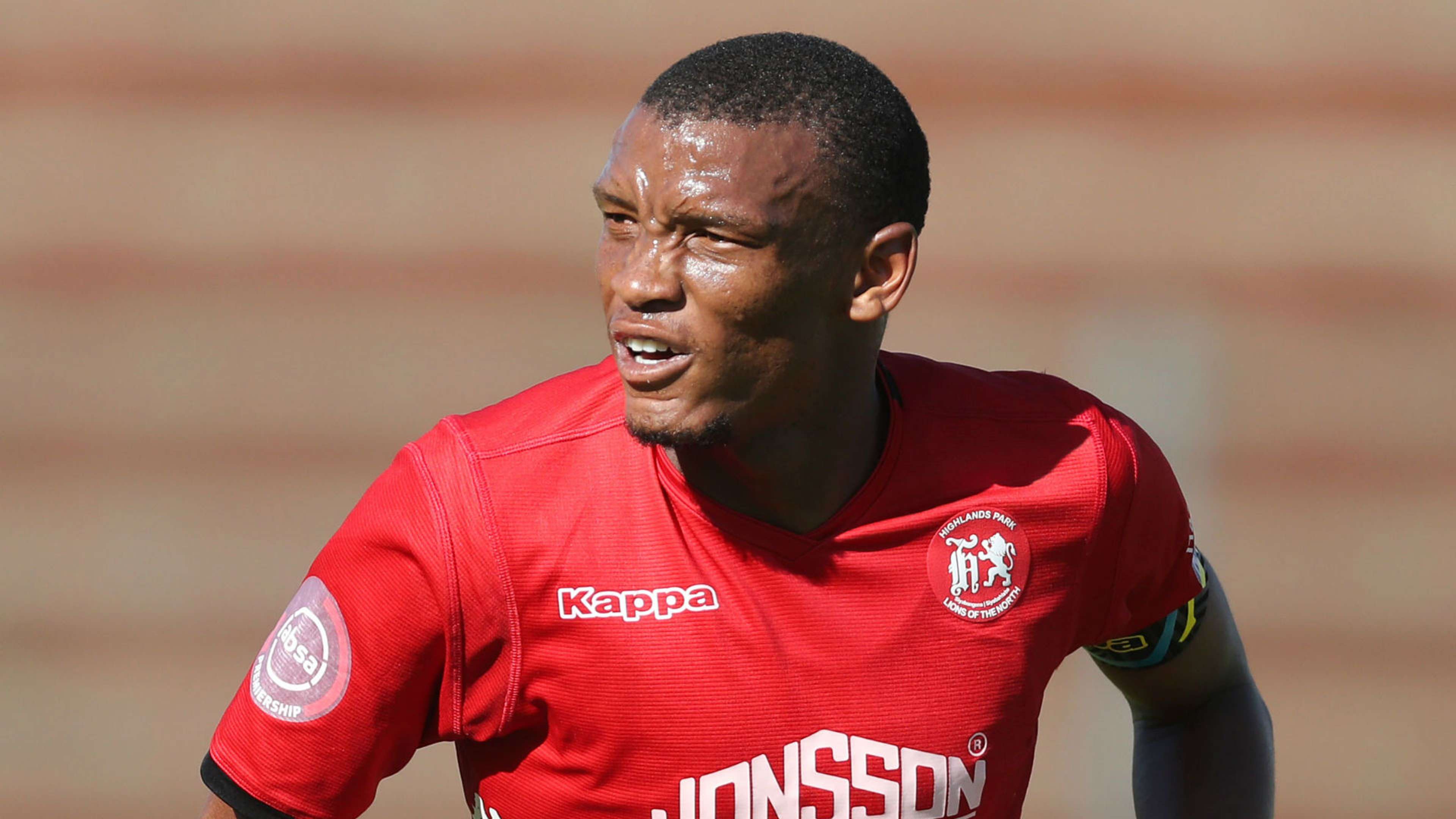 Backpagepix
Backpagepix
Owen Da Gama’s men were an extremely difficult side to play against this season.
They used direct football, looking to play off second balls and to provide crosses to aerially dominant, facilitating Mothobi Mvala, who scored numerous headed goals by arriving late in the box.
In midfield they favoured a man-marking system, giving opponents no room to play.
Ryan Rae, despite not being a technically proficient midfielder, was the side’s key man as he delivered long throws into the opposition’s box and did a good man-marking job, or even dropped onto a striker if they faced a team with two forwards.
This allowed Highlands Park to always have a man spare at the back.
In attack, pacey, hard-working players like Peter Shalulile, Moeketsi Sekola and Sabelo Nyembe worked the channels and worked off knock-downs with the side’s abrasive football particularly difficult to deal with on the narrow pitch at Makhulong Stadium.
Veteran winger, Lindokuhle Mbatha, was one of the league’s best players in the first half of the season, but faded during the run-in.
Bloemfontein Celtic
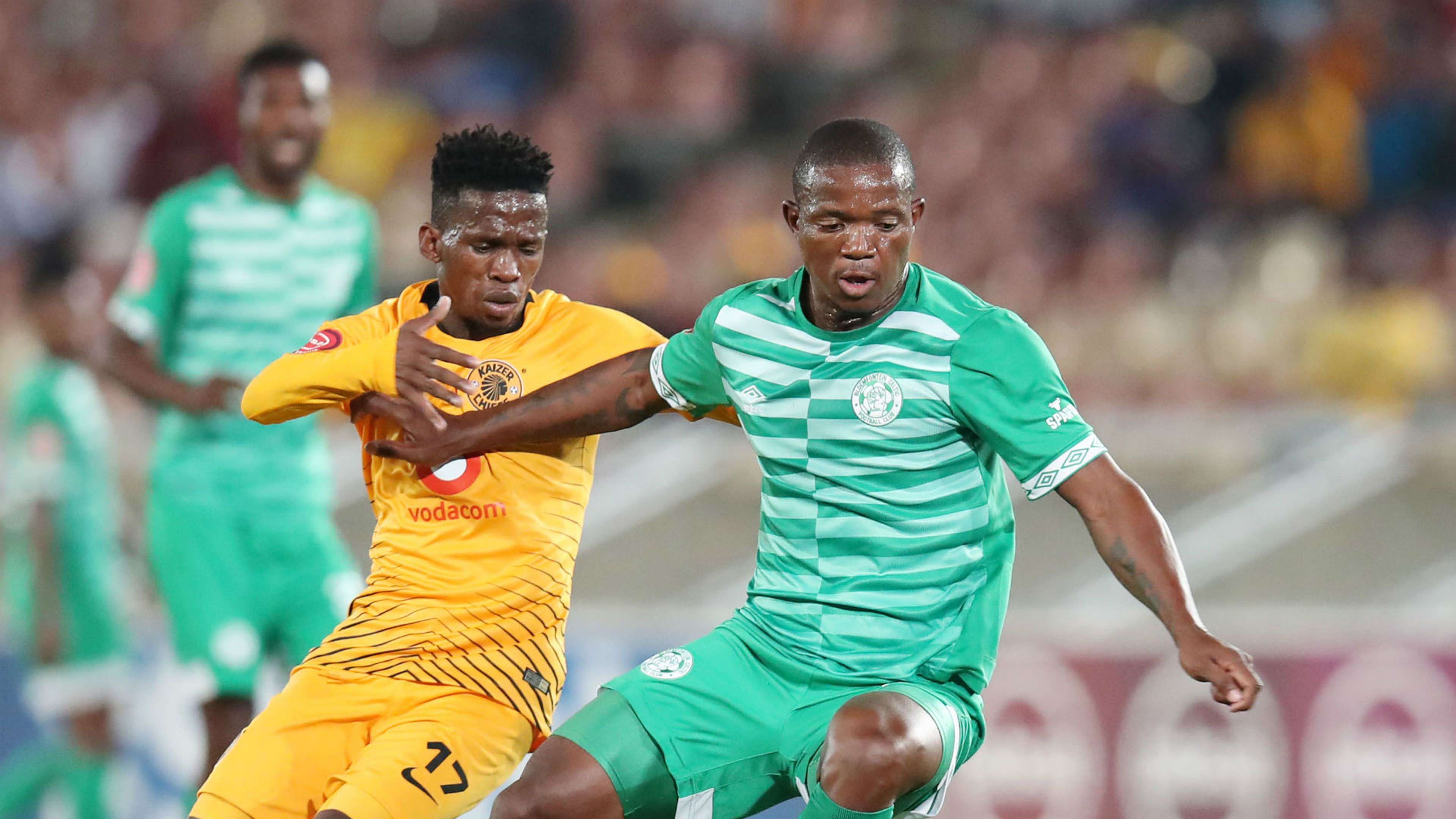 Backpagepix
Backpagepix
Under Steve Komphela, Celtic largely used a narrow 4-4-2 formation with Ndumiso Mabena and Tshegofatso Mabaso as the front pairing.
With two left-footed central midfielders in Lantshene Phalane and Given Mashikinya, and Kabelo Dlamini another lefty drifting inside from the flank, Celtic created interesting angles to their play which the opposition often found difficult to stop.
In defence, the side used one very attacking full-back on the left, with a defensive right-back in Tshepo Rikhotso.
Once Lehlohonolo Seema came in, the side built up less often from the back and largely used a 4-5-1 formation as defensive midfielder Lucky Baloyi replaced Mabaso in the side and Mabena was used as a false nine, excelling in this role.
The football was much more defensive, but considering the defensive departures during the season, Seema had to protect his much-changed backline.
Kaizer Chiefs
Amakhosi had very different styles under the two coaches this past season.
Giovanni Solinas used a very open 4-4-2 shape designed to get the best out of Khama Billiat in a striker role.
Siphelele Ntshangase played a new position as a deep-lying playmaker.
The side lacked compactness in defence and relied on individual brilliance from Billiat in the attack.
Under Ernst Middendorp, a 3-5-2 or 4-diamond-2 shape were the go-to formations, with the forwards no longer in close proximity but instead working the channels and half-spaces.
The German coach tinkered with his tactics and team shape based on the opposition, bringing an aggressive, high-pressing game to Chiefs.
However, when teams were not interested in building up against Chiefs, they lacked ideas in possession, especially once Lebogang Manyama was injured.

Golden Arrows
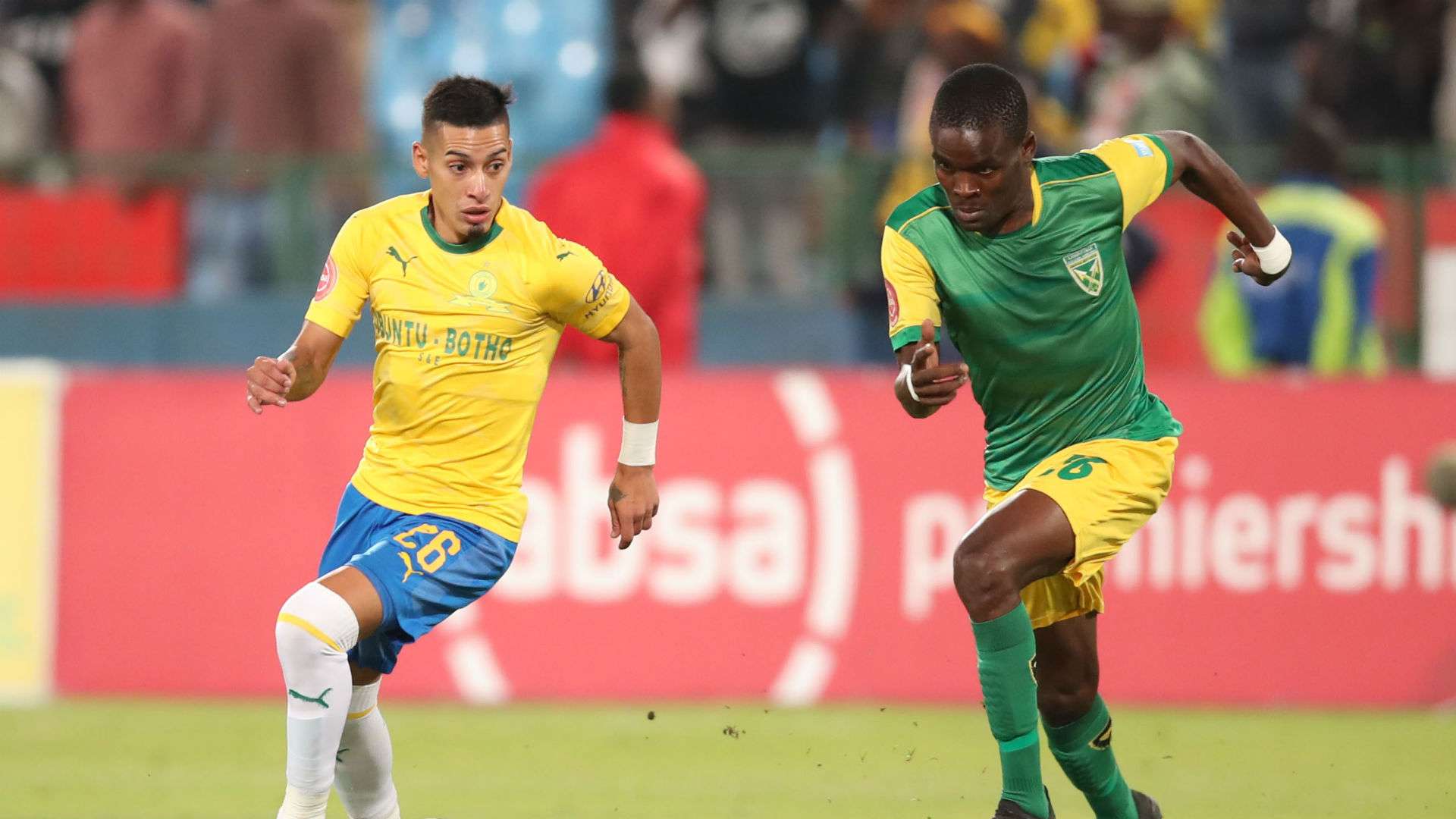
Under Clinton Larsen, the side used a back four and two holding midfielders.
The key tactical choice was whether to pair Knox Mutizwa and Lerato Lamola together in a 4-4-2 or use only one from the start, with an attacking midfielder (often Nduduzo Sibiya) in support.
Larsen adjusted his shape up front based on the opponents.
The side did not look to dominate the ball, but instead, cede possession and look for quick counters or direct play up to the front players.
Once Steve Komphela came in, there was more tactical flexibility with a 3-5-2 and 4-diamond-2 both used at times.
This looked designed to accommodate two strikers but often saw a lone frontman with a winger in support instead.
There was a greater influence on playing out from the back after the coaching change.
AmaZulu
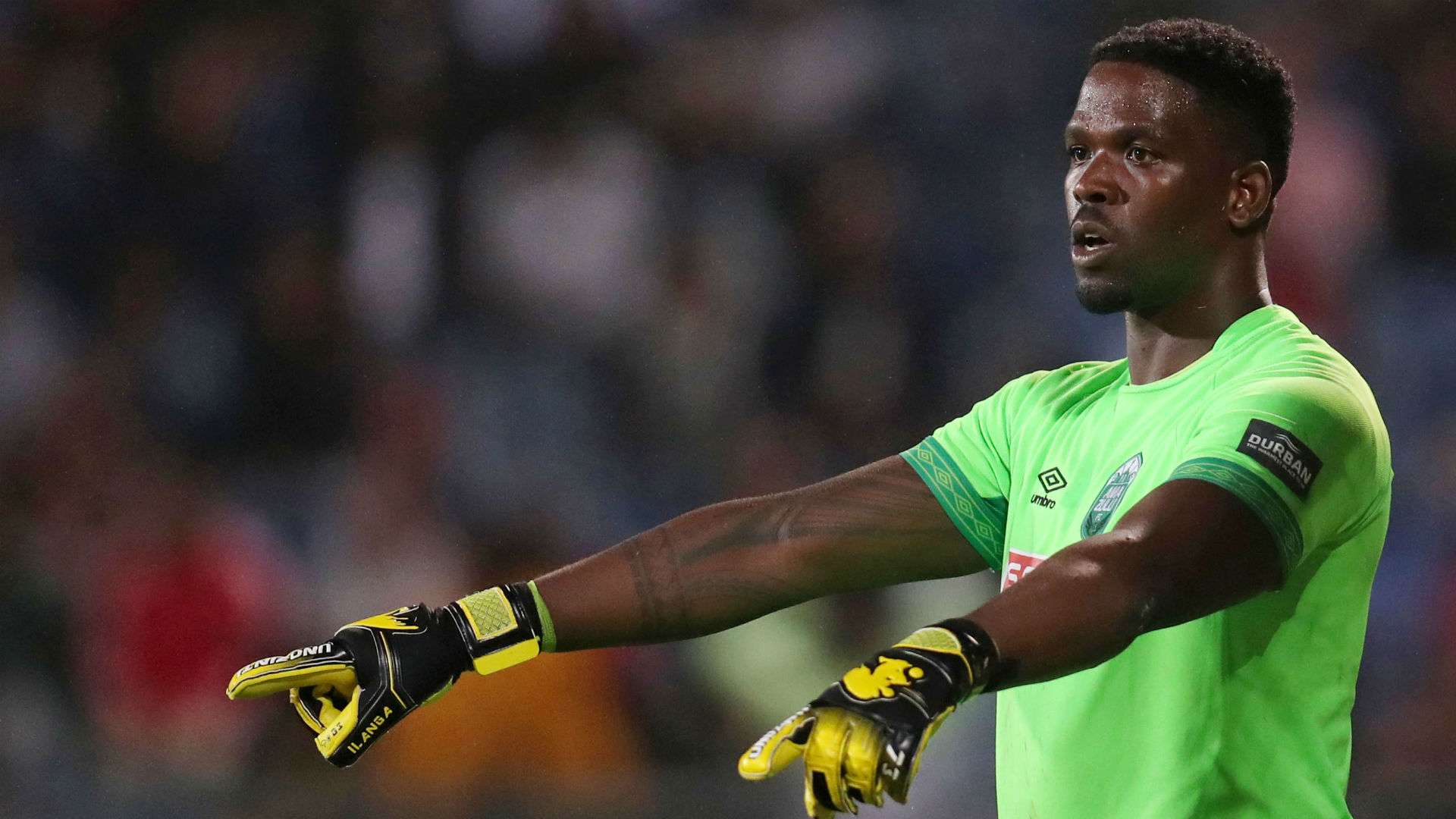 Backpagepix
Backpagepix
Usuthu had a curious season under Cavin Johnson, excelling at home but looking extremely vulnerable defensively on the road.
With a high defensive line used, despite a glaring lack of pace at the back, opponents regularly got in-behind to punish them.
With Bongi Ntuli and Emiliano Tade as a front two, AmaZulu used either a 4-4-2 diamond or 3-5-2 formation to ensure the centre of the pitch was strong, but that two forwards could still be used.
Once Tade left, AmaZulu used attacking midfielders in support of Ntuli and gave relatively few games to January signing Talent Chawapiwa.
In one game, the latter was used as a wing-back against Orlando Pirates and was brutally exposed defensively.
Chippa United
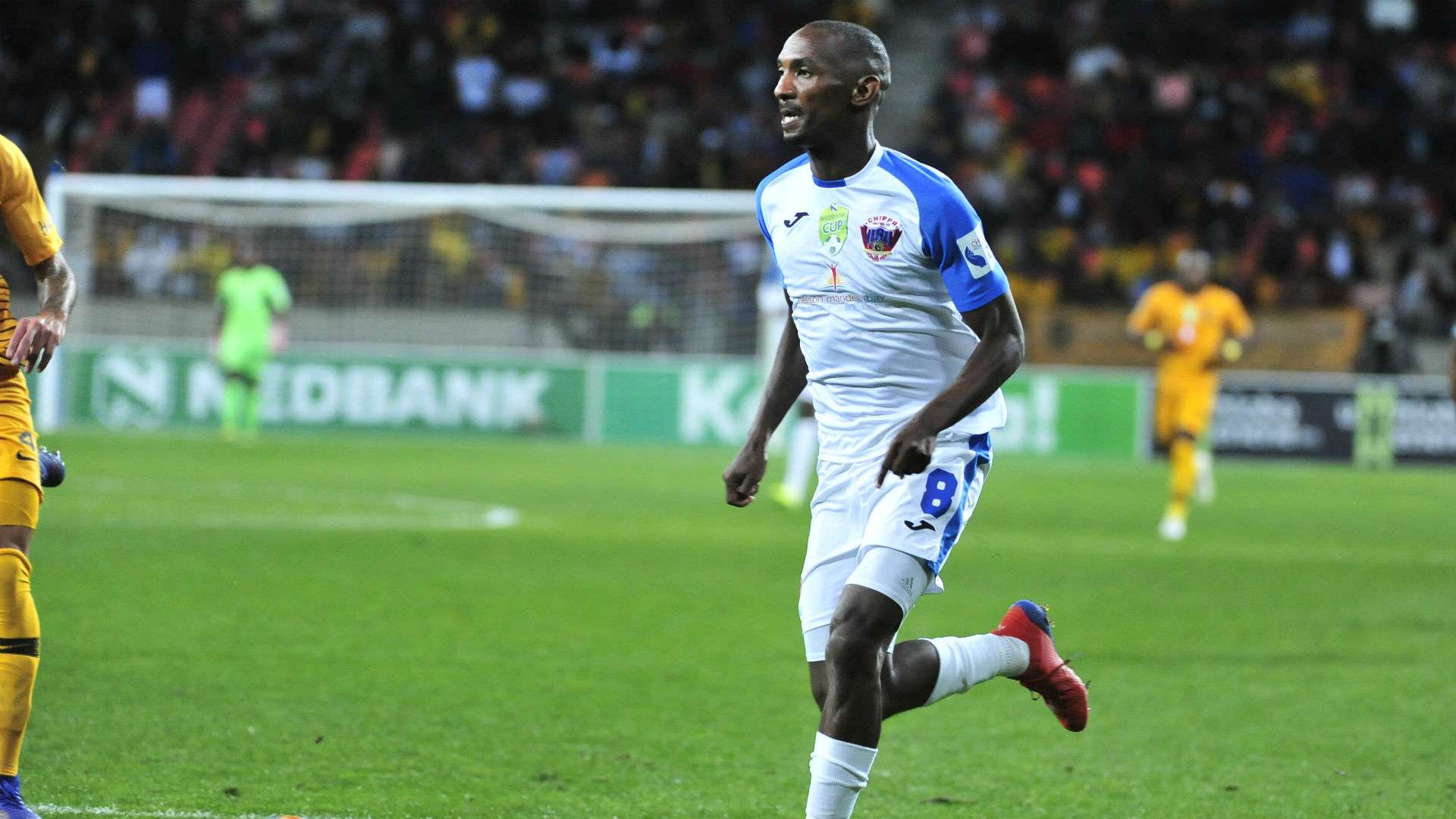 Backpagepix
Backpagepix
With four different coaches at the helm, the side’s tactics were surprisingly not hugely affected with each change.
Dan Malesela naturally favoured high possession numbers, but often went with no recognised striker.
Eric Tinkler also settled on a shape featuring Ruzaigh Gamildien or Andile Mbenyane up front instead of a genuine forward, meaning some good, progressive play rarely had goals to show for it.
Joel Masutha simply recalled all of the high-profile, older players, whilst Clinton Larsen was the most adaptable.
Whilst all four coaches used a generally similar 4-2-3-1 shape, Larsen switched to a 4-2-2-2 towards the end of the season, pairing both Lerato and Rhulani Manzini together and using what he described as “half wingers” in support.
Black Leopards
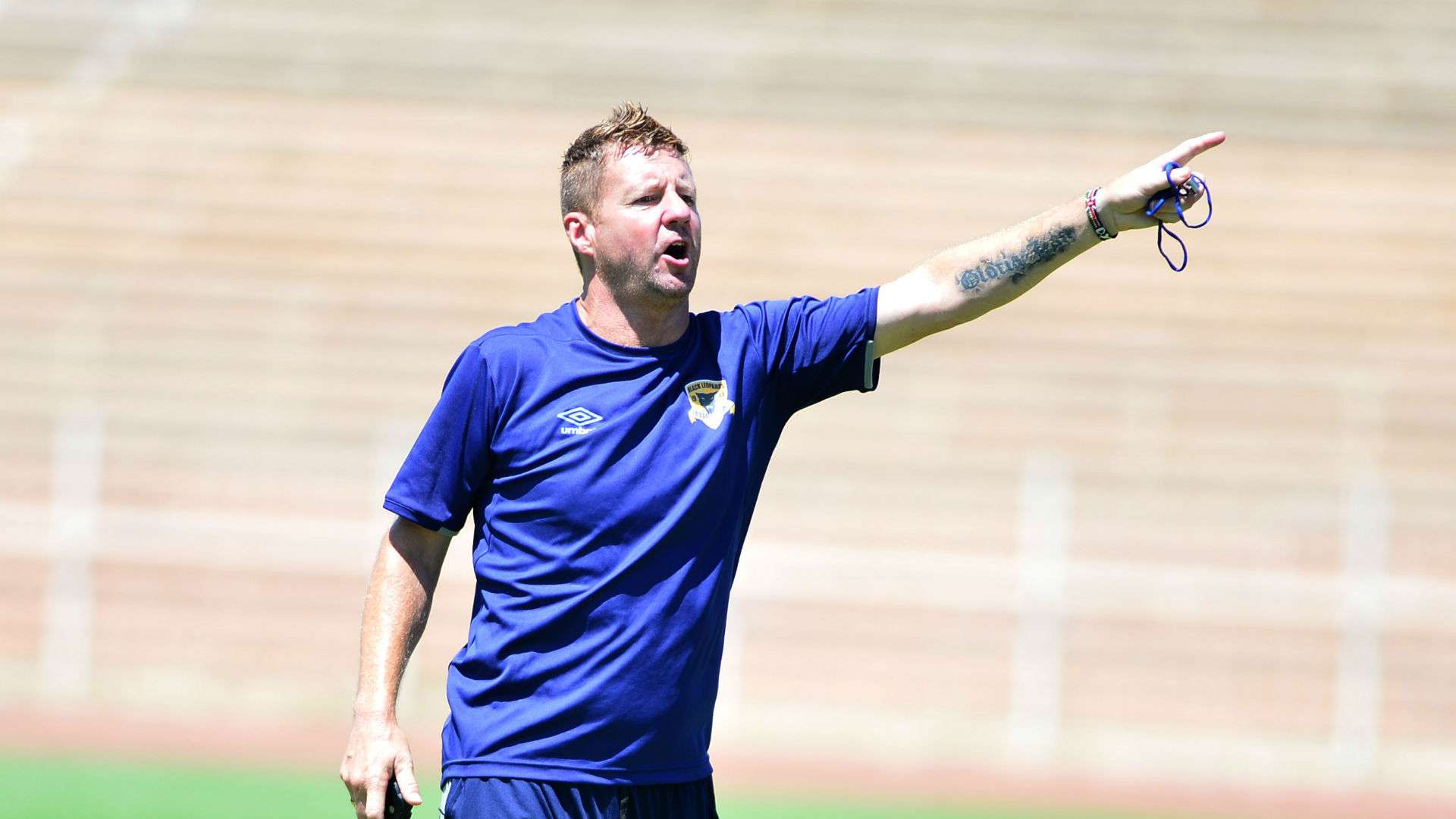 Backpagepix
Backpagepix
Lidoda Duvha had two different coaches this season in Joel Masutha and Dylan Kerr, but both structured their teams to service star striker, Mwape Musonda.
With attacking full-backs in Marks Munyai and Pentjie Zulu to deliver service from wide and wingers to dribble and often draw penalties, the Zambian forward netted 16 goals in total with four coming from the penalty spot.
Having initially used an old-school English 4-4-2, favouring hard-running football, Kerr’s side began to play some good football thanks to the individual quality of Tshwarelo Bereng and Lehlogonolo Masalesa in central midfield, and the impressive 1v1 ability of Lefa Hlongwane on the flank.
In big games, Kerr often used a full-back in midfield to give greater defensive cover in wide areas.
Baroka FC
 Backpagepix
Backpagepix
Bakgakga had just one coach all season, but their style of play changed dramatically.
Initially, Wedson Nyirenda looked to play expansive football.
However, after missing a game for a family bereavement, Baroka had played ultra-defensively in his absence and he returned to stick with a defensive 4-4-2 with a full-back as left midfielder and winger Talent Chawapiwa on the right flank to lead counters.
As the season went on, he played three defensive midfielders at times, and used a lone central midfielder, at other times, playing a number 10 (Rodwell Chinyengetere) behind a front two.
It was a confusing season in terms of both tactics and team selection, usually seeing a raft of changes to the XI after every defeat.
Maritzburg United
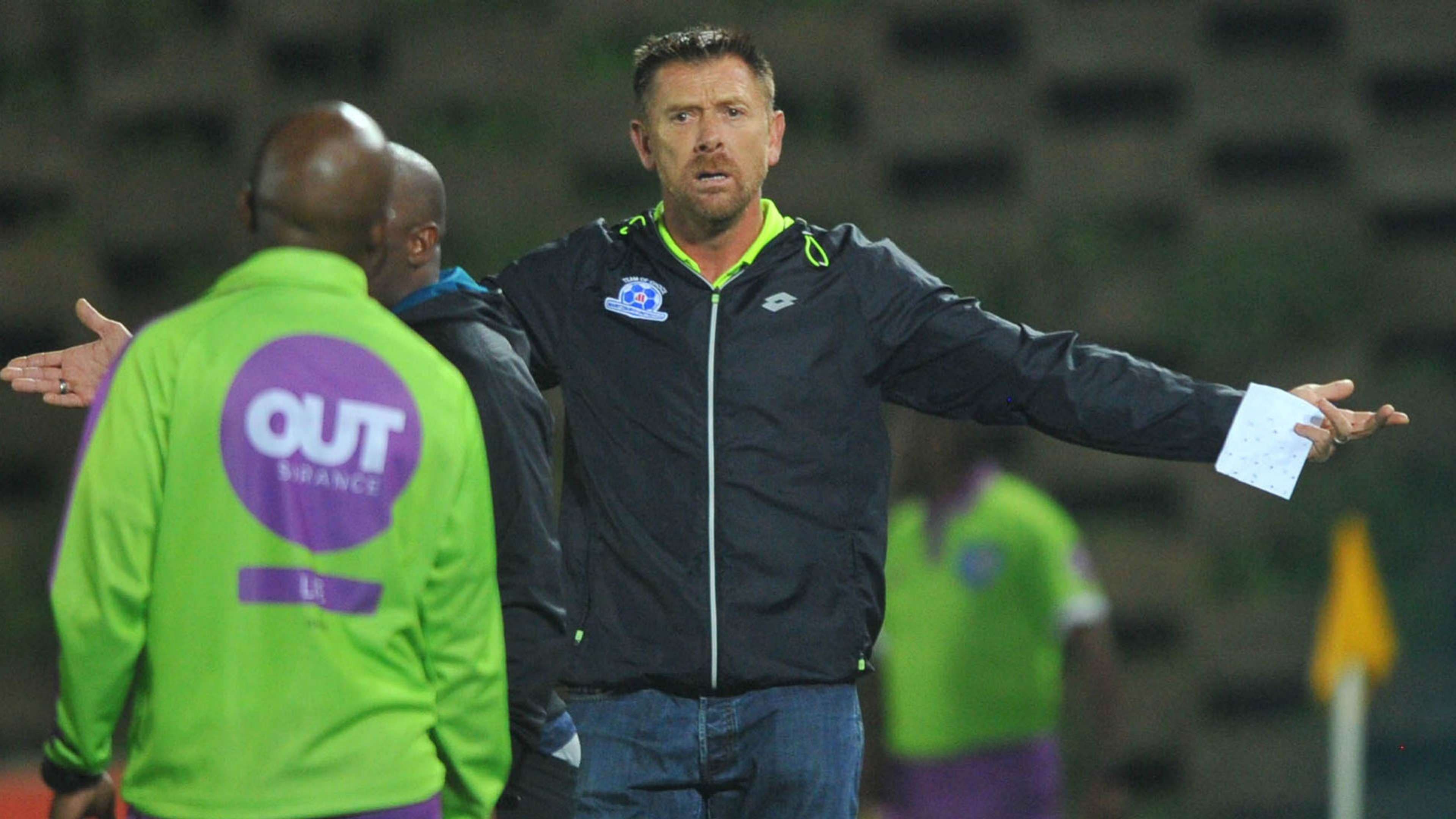 Backpagepix
Backpagepix
The Team of Choice had three different coaches, with Fadlu Davids starting the season.
He used various formations, initially playing four at the back in either 4-3-3 or even a 4-4-2 shape, which gave the wingers freedom to come inside.
He eventually reverted to a 3-5-2 or 3-4-3 system as he tried all manner of setups to turn around the season, which bizarrely saw Maritzburg attempt attacking football but barely managed to score, and instead boasted a great defensive record at the time of his sacking.
The loss of Lebohang Maboe’s dribbling and counter-pressing, and the dip in form by Siphesihle Ndlovu were the biggest factors in changes to the side’s style of play.
Eric Tinkler used a 3-5-2 formation and turned around the side’s season with substitutes often making crucial impacts as a more direct approach was used late in games.
In-between those two was Muhsin Ertugral, who lost all four of his games in charge.
His arrival saw a huge increase in crosses and shots from long-range, but almost no real creativity in attack.
Free State Stars
 Backpagepix
Backpagepix
Ea Lla Koto started the season playing Luc Eymael’s 4-2-3-1 shape with aggressive midfield man-marking and a very direct, physical approach.
The loss of Nhlanhla Vilakazi to AmaZulu robbed the side of quality in midfield, whilst the defence was riddled with errors.
His replacement, Serbian coach Nikola Kavazovic blasted Eymael for leaving a “dirty, rubbish side”.
He initially tried to play passing football at Stars, using Harris Tchilimbou as a false nine.
The side had 60% and then 65% possession in his first two games in charge, but a 5-0 defeat to Cape Town City saw him revert to type, recalling target man Eleazar Rodgers and going back to what the side knew best – direct, long ball football.
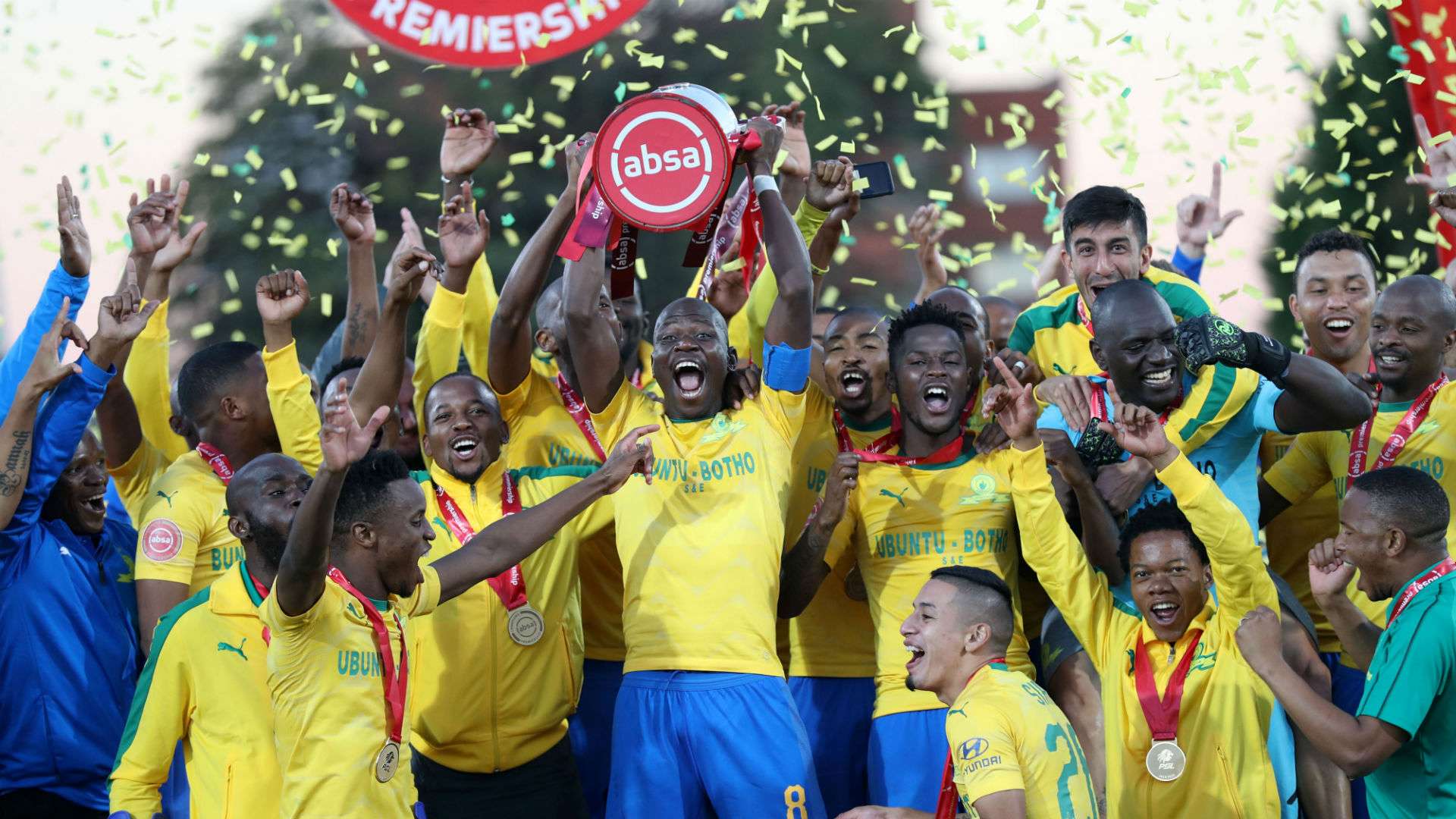
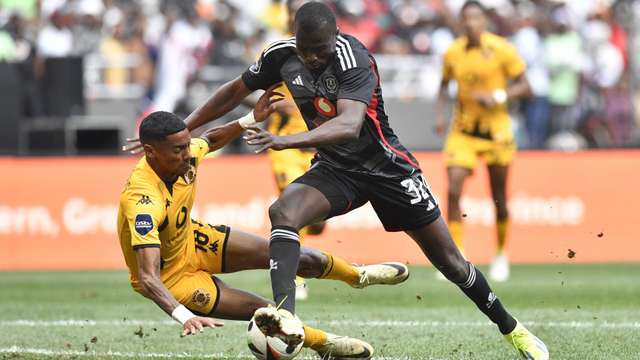
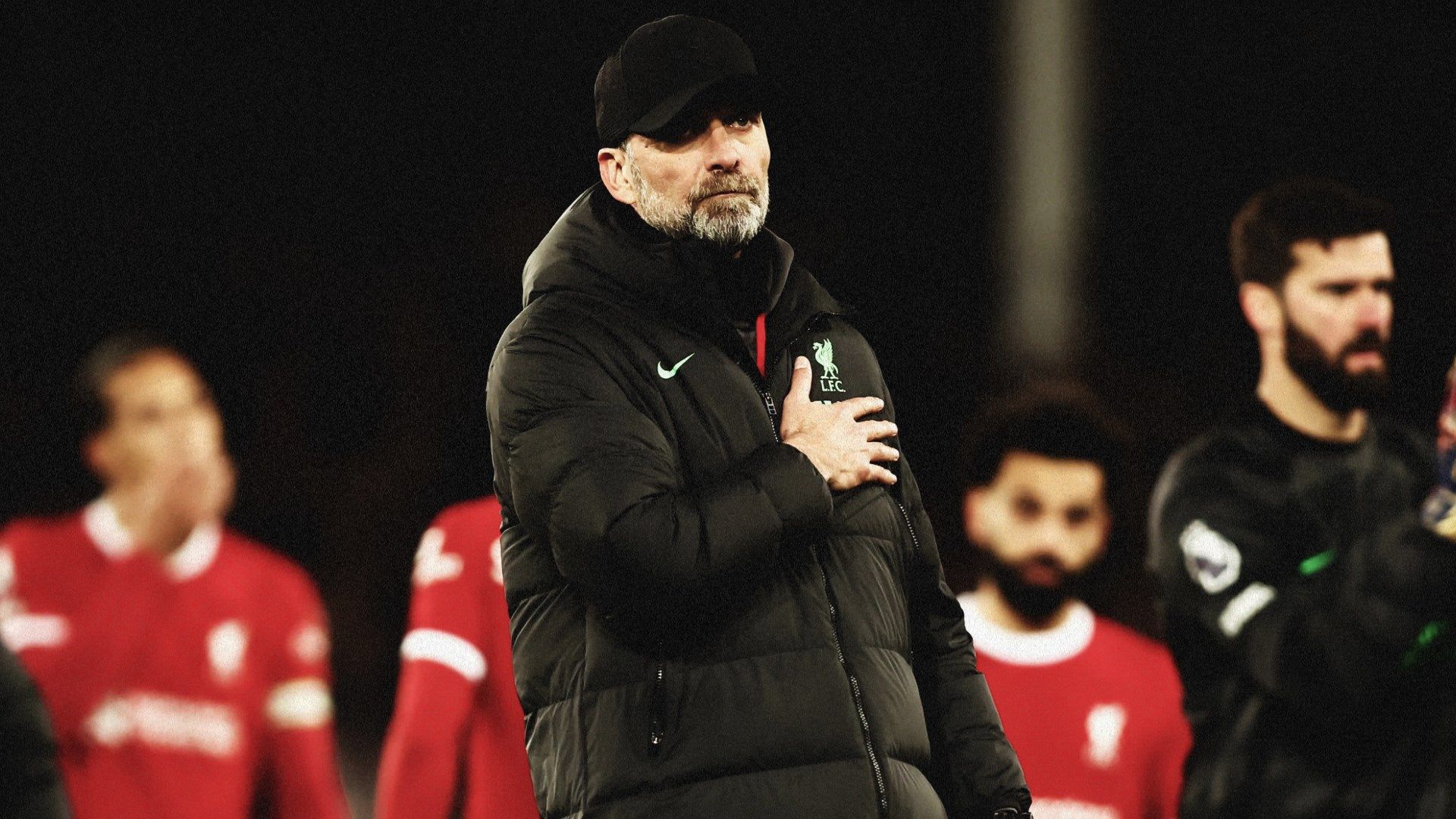.jpg?auto=webp&format=pjpg&width=640&quality=60)
